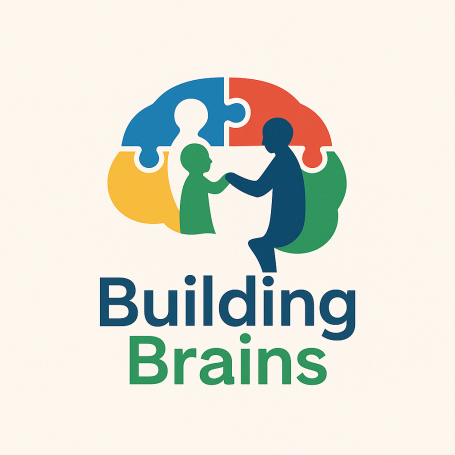Understating Autism
What is Autism
- A lifelong neurodevelopmental condition
- Affects communication, social interaction, and behavior
- Called a spectrum because it varies widely from person to person
- Usually noticed in early childhood (often by age 2–3)
Common Traits
- Delayed speech or unusual communication style (e.g. echolalia)
- Difficulty understanding social cues and making eye contact
- Strong need for routine and sameness
- Repetitive behaviors (e.g. hand-flapping, lining up toys)
- Intense focus on specific interests (e.g. maps, animals, numbers)
- Sensory sensitivities (e.g. to lights, sounds, touch)
- Sleep or feeding issues
- Co-occurring conditions (ADHD, anxiety, epilepsy, dyspraxia etc.)
Support & Understanding
- Early intervention can improve communication and daily skills
- Therapies may include speech, occupational, and behavioral support
- Visuals, structure, and sensory-friendly environments help
- Neurodiversity movement promotes acceptance and inclusion
Overview of ABA therapy
Understanding ABA Therapy: A Guide for Parents
Applied Behavior Analysis (ABA) is a therapy that helps children—especially those with autism—develop a wide range of essential skills, including communication, daily routines, behavior management, and cognitive abilities. Research has shown that ABA can also support improvements in learning, problem-solving, and even overall IQ when started early and applied consistently.
ABA teaches skills by:
- Breaking tasks into small, manageable steps
- Giving clear instructions and
- positive encouragement (like praise or rewards)
- Practicing regularly in different settings (home, school, community)
- Tracking progress and adjusting as needed
- Personalise learing
ABA can teach skills :
- Speech or using alternative communication (PECS, AAC)
- Academic
- Making friends and playing
- Learning to dress, eat, or use the toilet
- Reducing challenging behaviors (e.g., hitting, shouting, running off)
- Building confidence and independence
Studies show improvements:
- Language and communication
- Social and self-help abilities
- Long-term outcomes—especially with early and consistent support (ages 2–6)
- Emotional regulation
- Behaviours
- Academic and cognitive skills
Our Final Thoughts :
ABA can be a powerful tool for developing a wide range of skills and fostering independence. In our experience as parents, it has been life-changing—not only for our children but for our entire families. While every child is unique, we wholeheartedly recommend ABA when it’s personalised, respectful, and focused on supporting each child’s individual strengths and needs.
Further read
Other Interventions/ Therapies

Speech and Language Therapy (SLT)
Helps develop communication skills—spoken language, understanding, using gestures, or alternative communication methods (like PECS or AAC).

Occupational Therapy (OT)
Supports development in daily life skills such as dressing, eating, handwriting, and managing sensory challenges (like sensitivity to noise or touch).

Diet And Nutrition Support
Some families explore gluten-free, casein-free, or low-sugar diets to address behavior, digestion, or attention. Always consult with a healthcare professional first.
.

Talk Tools
A therapy approach that uses oral motor exercises and tools to help with speech clarity, muscle strength, and feeding skills.






